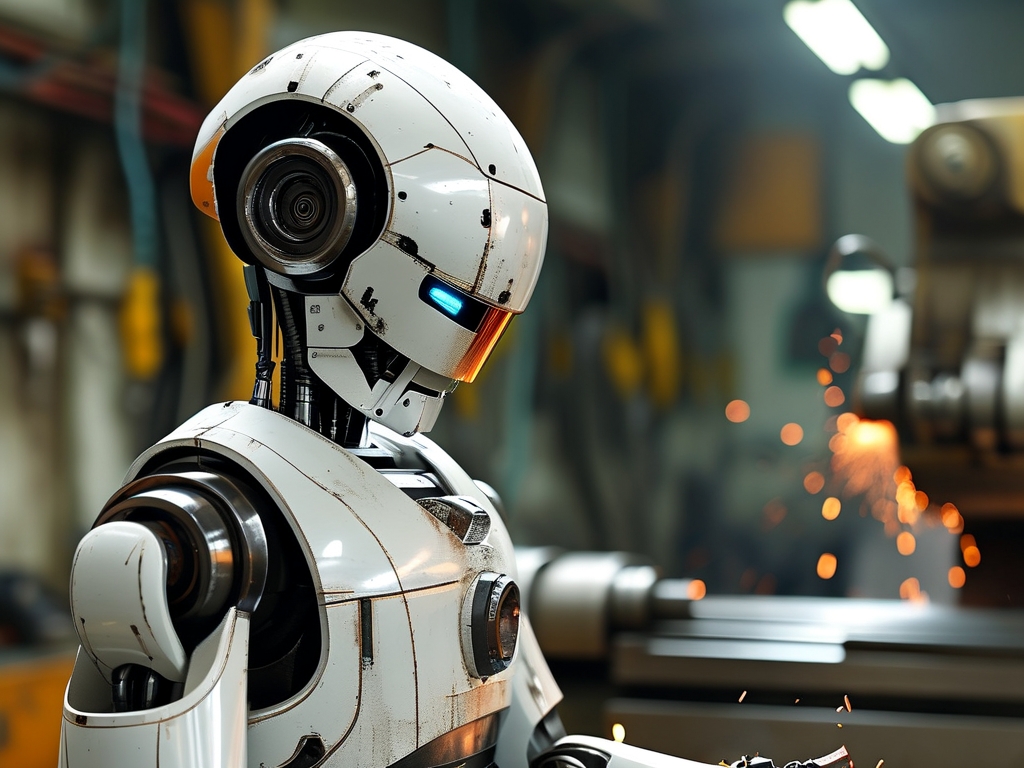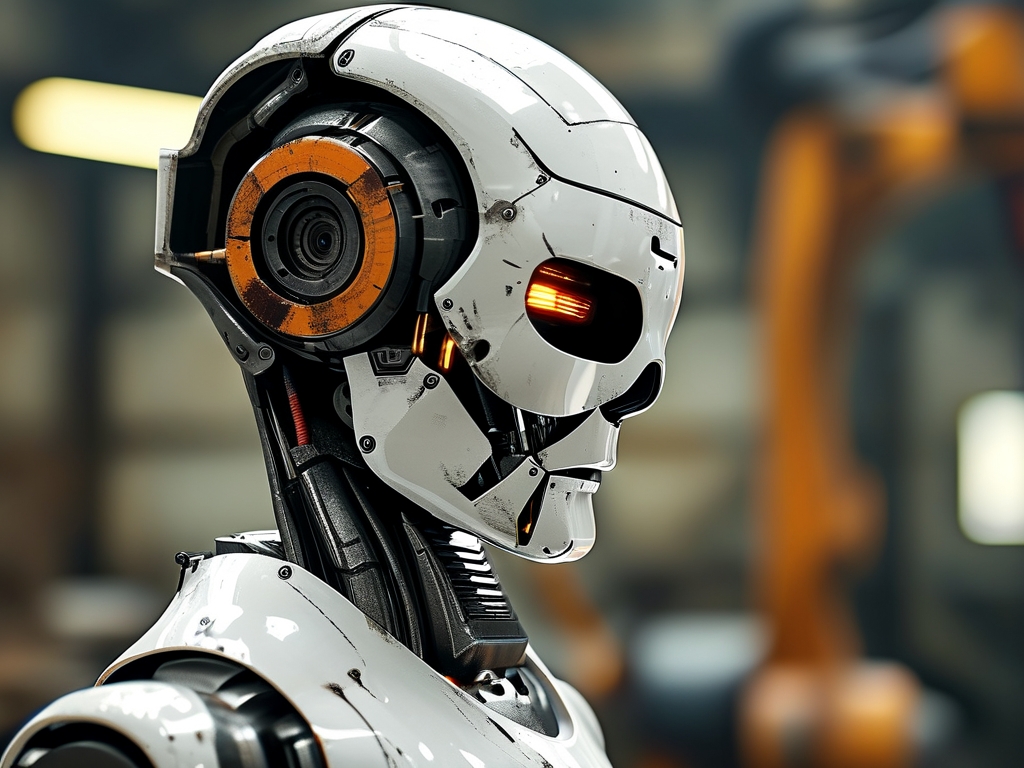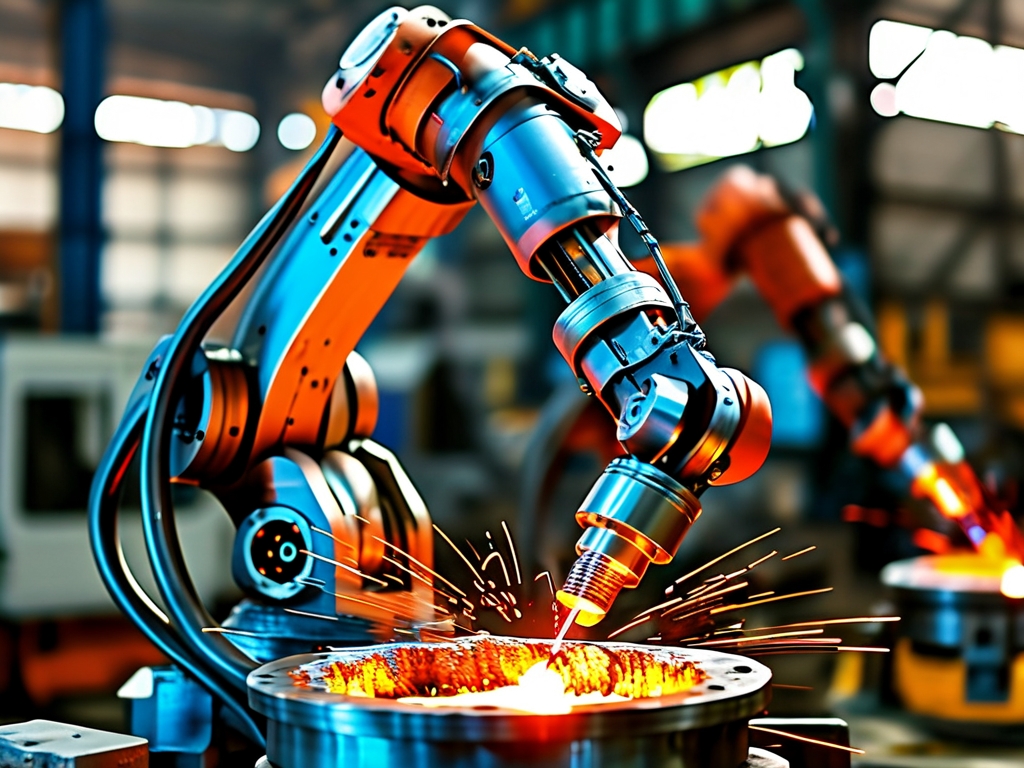Robotic machining technology has revolutionized modern manufacturing by enabling precision, flexibility, and efficiency in industrial processes. As industries increasingly adopt automation, understanding the various types of robotic machining technologies becomes critical. This article explores the primary robotic cutting techniques, their applications, and their impact on manufacturing.
1. Robotic Milling
Robotic milling involves using robotic arms equipped with rotating cutting tools to remove material from a workpiece. Unlike traditional CNC machines, robotic milling systems offer greater flexibility in handling complex geometries and large-scale components. Applications include aerospace part manufacturing, automotive prototyping, and mold creation. Advanced force-torque sensors allow robots to adapt to material inconsistencies, ensuring high precision even in dynamic environments.

2. Laser Cutting
Robotic laser cutting combines high-powered lasers with articulated robotic arms to cut materials like metals, plastics, and composites. The precision of laser beams enables intricate designs and minimal thermal distortion. Industries such as automotive, electronics, and medical device manufacturing rely on this technology for producing components like chassis parts, circuit boards, and surgical tools. Fiber lasers, in particular, have improved energy efficiency and cutting speeds.
3. Waterjet Cutting
Waterjet cutting robots use high-pressure water streams, often mixed with abrasives, to cut materials without generating heat. This makes them ideal for processing heat-sensitive materials like titanium, glass, or composites. Applications range from architectural stone carving to aerospace component fabrication. Robotic waterjet systems excel in cutting thick materials and achieving smooth edges, reducing post-processing needs.
4. Plasma Cutting
Robotic plasma cutting employs ionized gas to melt and eject metal, making it suitable for heavy-duty industrial tasks. It is widely used in shipbuilding, construction, and automotive industries for cutting steel, aluminum, and other conductive metals. Modern systems integrate real-time trajectory adjustments to maintain cut quality, even on irregular surfaces.
5. Ultrasonic Machining
This technique uses high-frequency vibrations combined with abrasive slurry to cut hard, brittle materials like ceramics, glass, or semiconductors. Robotic ultrasonic machining is critical in electronics and optics manufacturing, where precision and minimal micro-cracks are essential. Its non-thermal nature prevents material degradation, ensuring high component reliability.
6. Robotic Grinding and Polishing
Robotic grinding systems automate surface finishing tasks, such as deburring, polishing, or smoothing welds. Equipped with force-controlled tools, these robots adapt to workpiece variations, ensuring consistent quality. Industries like automotive (e.g., engine blocks) and consumer goods (e.g., stainless steel appliances) benefit from reduced labor costs and improved repeatability.
7. Electrical Discharge Machining (EDM)
Robotic EDM uses electrical sparks to erode conductive materials, ideal for creating complex shapes in hardened metals. This method is indispensable in tool-and-die manufacturing, where traditional cutting tools struggle. Hybrid systems now integrate EDM with milling robots to combine subtractive and additive processes.

8. Collaborative Robotic Cutting
Collaborative robots (cobots) equipped with cutting tools work alongside human operators safely. These systems are designed for small-batch production or custom jobs, such as artisanal metalwork or personalized product engraving. Sensors and AI algorithms enable real-time hazard detection, making them suitable for dynamic workshops.
9. Additive and Hybrid Manufacturing
While not strictly subtractive, hybrid robotic systems combine 3D printing with machining. For example, a robot might 3D-print a metal part and then mill it to achieve tight tolerances. This approach reduces material waste and accelerates prototyping in industries like aerospace and healthcare.
Challenges and Future Trends
Despite advancements, robotic machining faces challenges such as high initial costs, programming complexity, and the need for skilled operators. However, emerging trends like AI-driven path optimization, digital twins, and cloud-based robotics are addressing these barriers. The integration of IoT sensors enables predictive maintenance, reducing downtime.
Sustainability is another focus area. Energy-efficient cutting methods (e.g., waterjet recycling) and lightweight robotic designs are minimizing environmental impact. Meanwhile, advancements in machine learning allow robots to self-correct errors, improving autonomy.
Robotic machining technologies are reshaping manufacturing by offering unmatched precision, scalability, and adaptability. From laser cutting to hybrid systems, each method addresses specific industrial needs while pushing the boundaries of automation. As AI and IoT continue to evolve, these technologies will become even more accessible, driving innovation across sectors and solidifying robotics as the backbone of Industry 4.0.


